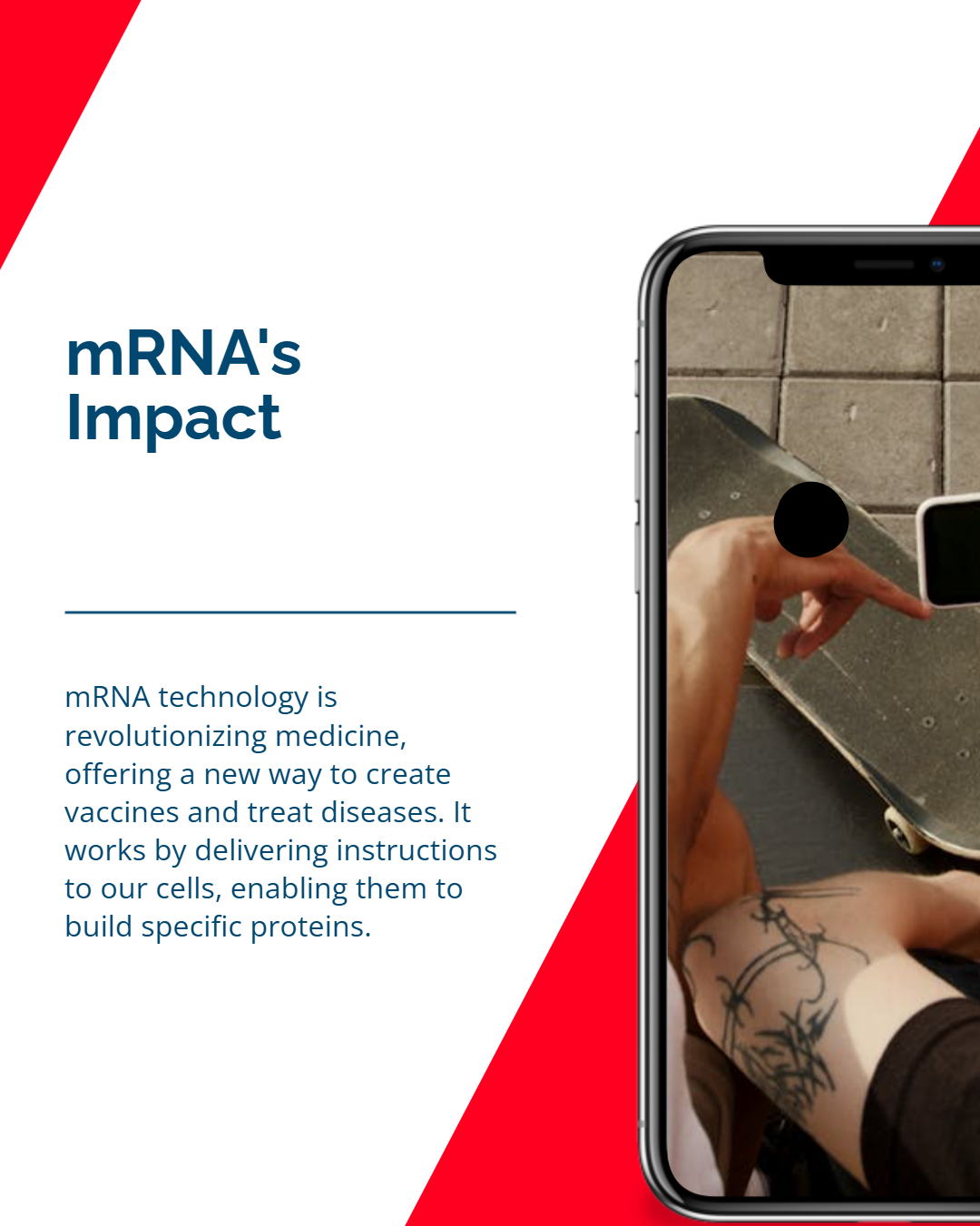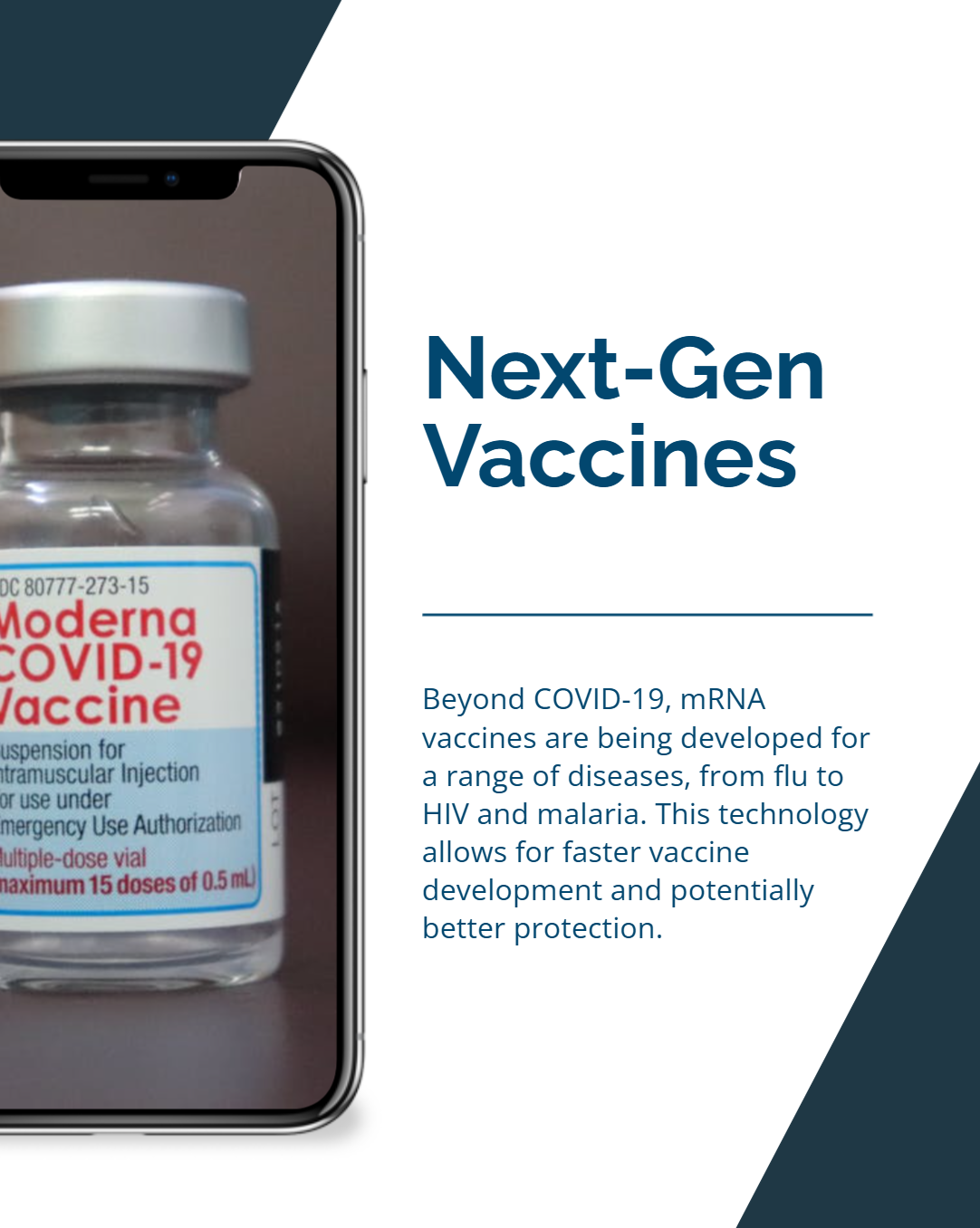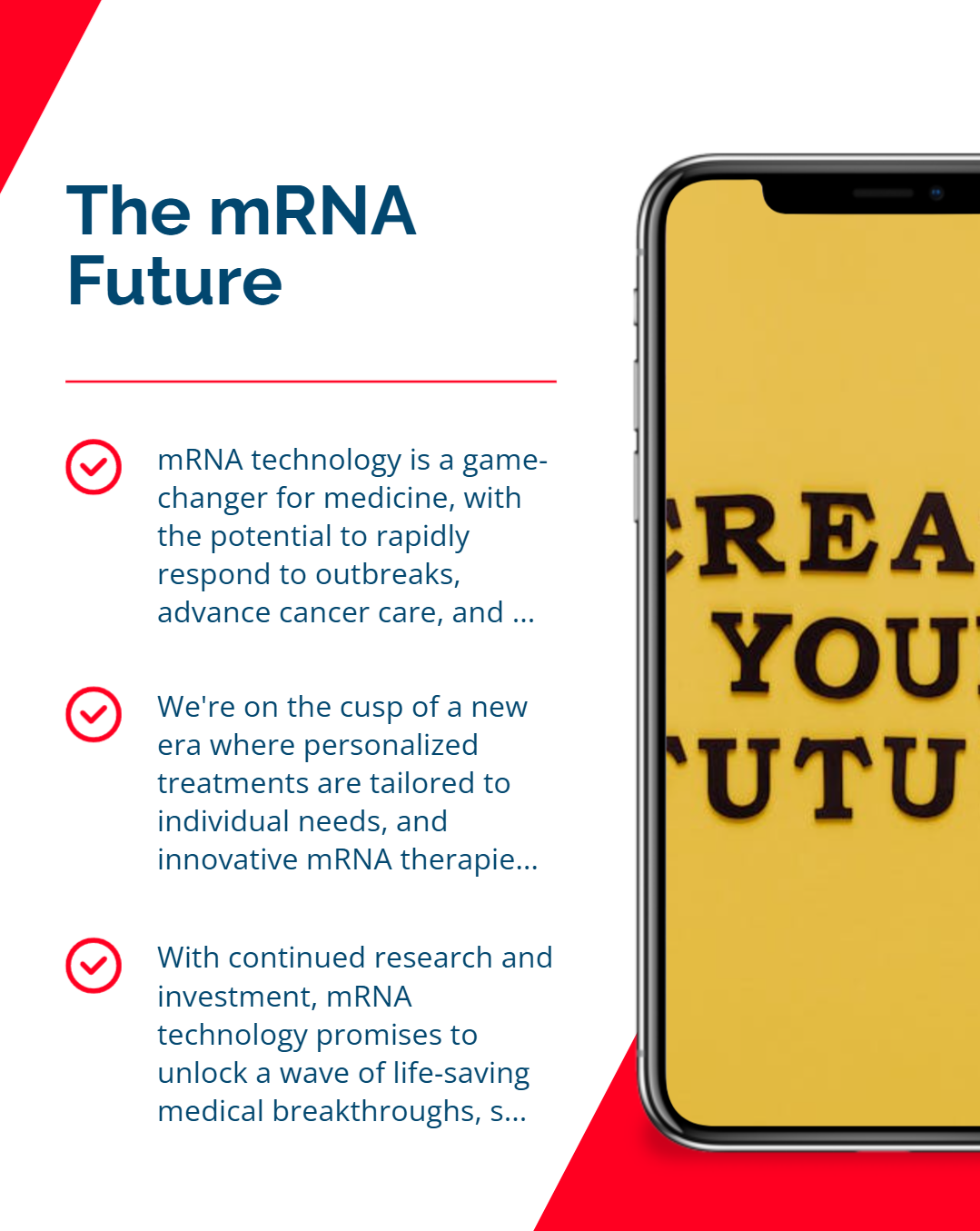mRNA technology has already transformed the way we develop vaccines, most famously with COVID-19 shots. But where else can this game-changing approach take us? We are seeing a wave of promising ideas, from cancer therapies to treatments for rare diseases. Let's explore how mRNA technology works, what breakthroughs are on the horizon, and why its benefits stretch far beyond one virus.
mRNA, short for messenger RNA, acts like an instruction manual inside our cells. It tells our bodies how to build specific proteins. Traditional vaccines rely on weakened or inactive forms of a pathogen to help the immune system practice its defense. In contrast, mRNA vaccines give the body precise directions to make a harmless part of a pathogen, usually a protein on the virus’s outer shell. Then our immune system spots that protein and learns to attack it.
For COVID-19, this technology led to the creation of effective vaccines in record time. By switching out the “recipe” within the mRNA, we can train the immune system to fight many different diseases. That’s why researchers are thrilled about using mRNA approaches for a range of threats, from influenza to complex genetic disorders.

Before mRNA became popular, the process of making vaccines was time-consuming. For example, older flu vaccines depended on growing viruses in eggs for months. mRNA technology lets us skip many of those steps, because scientists can quickly design and synthesize the genetic material in the lab.
Key Advantages of mRNA Technology:
This speed and adaptability open the door to vaccines for everything from seasonal flu to newly emerging viral threats.

Since mRNA proved itself so well during the pandemic, it’s logical to ask, “What else can we target?” Scientists worldwide are now taking aim at various conditions using this breakthrough method.
The hope is that once scientists crack the code for more complicated pathogens, mRNA will open the door to faster, more effective immunizations.
One of the most exciting areas of research goes beyond preventing infections. Researchers see potential for using mRNA to help the body fight cancer. The approach typically involves identifying specific markers on cancer cells and then creating an mRNA molecule that teaches the immune system to attack those markers.
Personalized Cancer Vaccines
A promising concept involves customizing an mRNA-based “vaccine” for each individual’s tumor. Doctors analyze the genetic makeup of the tumor, spot unique changes, and then design an mRNA blueprint to target those changes. The result is a therapy that can rally the immune system against cancer cells without harming healthy tissues. By focusing on each person’s specific tumor markers, these personalized vaccines might offer new hope for those with hard-to-treat cancers.
Combining mRNA with Other Treatments
Cancer experts also see value in combining mRNA vaccines with existing treatments, like chemotherapy and immunotherapy drugs. Some early trials suggest that mRNA can enhance the effectiveness of these medicines by boosting the immune response within tumors. While still in the testing phase, the results hint that mRNA therapy could one day become a major part of our arsenal against cancer.

Rare diseases sometimes result from defective genes. Because mRNA offers a way to introduce a working template into cells, it might help solve issues where a cell cannot make a needed protein. For instance, diseases like cystic fibrosis or certain enzyme deficiencies could benefit from receiving an mRNA “fix.”
Potential for Enzyme Replacement
Some rare conditions stem from the lack of an essential enzyme. Traditional enzyme replacement often requires lifelong treatments. mRNA-based therapies could let the body produce these enzymes on its own, potentially leading to less frequent treatments and a better quality of life.
Challenges in Delivery
While the idea is promising, the path to success for mRNA in rare diseases involves figuring out how to deliver mRNA to the right tissues. For many genetic conditions, you must reach specific organs, such as the liver or muscle tissue. Researchers are making strides in developing nanoparticle carriers that can transport mRNA to exactly where it’s needed.
Despite the excitement, mRNA technology faces challenges that call for innovative solutions.
Storage and Stability
mRNA molecules are fragile. That’s why the first COVID-19 vaccines required ultra-cold storage. Newer formulas are exploring lipid nanoparticle coatings and other methods to keep mRNA stable at higher temperatures, making distribution easier.
Delivery Methods
Scientists need reliable ways to get mRNA into our cells. Right now, lipid nanoparticles are the primary choice, but researchers are testing alternative options like polymer-based carriers, viral vectors (in some cases), or specialized delivery patches.
Manufacturing Scale
Scaling up mRNA production quickly and safely is another hurdle. During the pandemic, manufacturers faced global demand for billions of doses. Improving manufacturing efficiency and quality control will be critical for the next wave of mRNA-based treatments.
Whenever we talk about genetic technology, safety and ethics must follow close behind. mRNA stays in the cell’s cytoplasm and generally does not enter the nucleus, where DNA is stored. That means it is unlikely to cause permanent genetic changes. Still, ongoing surveillance is key to ensure there are no unexpected long-term effects.
On the ethical front, access to these therapies matters. We must find ways to make sure that the best new treatments reach developing countries and vulnerable communities. Fair and responsible sharing of medical advances can help avoid deepening health inequalities.

mRNA technology fits right into the growing trend of personalized medicine, where treatments are tailored to individuals. In the future, we might see more “on-demand” vaccines or therapeutics that directly match a patient’s needs and genetic profile.
Using AI to Speed Up Discovery
Researchers are blending artificial intelligence with mRNA science. AI can predict which protein structures to target or which genetic mutations to fix, saving months—if not years—of lab work. This synergy could lead to quicker breakthroughs in how we design new mRNA treatments.
Monitoring Patient Responses
Wearable devices and health apps already let us track vital signs or blood sugar levels in real time. In a similar way, doctors might monitor the response to mRNA therapies and tweak them on the go. This approach could transform chronic disease care, giving patients more control over their treatments.
The success of COVID-19 vaccines spurred massive investment in mRNA research. Biotech companies are racing to develop new formulas, attract funding, and expand production facilities. Governments and academic institutions are collaborating on projects that could yield innovative therapies for a range of diseases. This surge in backing has the potential to create a robust pipeline of mRNA-based products, fueling job growth and technological progress.
A Glimpse at Possible Industry Benefits:
mRNA technology has already proven itself with COVID-19 vaccines, but its true power is only beginning to show. We envision a future where mRNA-based therapies help to:
As researchers continue to overcome delivery challenges and refine the technology, we expect mRNA’s role in medicine to grow rapidly.

We stand at an exciting crossroads. mRNA technology, once viewed with skepticism, has shown what it can do by helping to control a global pandemic. But that’s just a peek at its full power. We may soon have mRNA vaccines that shield us from stubborn diseases, therapies that teach our immune cells to attack cancer, and customized fixes for rare disorders. Although there are hurdles to clear—such as improving stability, perfecting delivery, and ensuring fair access—the potential rewards are enormous. By blending innovation, collaboration, and ethical oversight, we can unlock the next wave of life-saving medical breakthroughs built on mRNA technology.
Not at all. While it’s well-known for COVID-19 vaccines, researchers are also exploring mRNA for cancer treatments, rare diseases, and more.
mRNA does not enter the cell’s nucleus, so it doesn’t alter your genes. It simply provides the instructions to make specific proteins, and then it breaks down naturally.
Improved formulations and new delivery methods aim to make mRNA products more stable at higher temperatures. This should reduce the need for ultra-cold storage.
Initially, it can be costly to develop, but once production systems are in place, large-scale manufacturing may bring costs down. Research funding also helps accelerate cost-effective solutions.
Nanoparticles serve as protective carriers that shield the fragile mRNA as it travels through the body. They help ensure the mRNA gets into the right cells without being destroyed prematurely.
 10.02.2025
10.02.2025